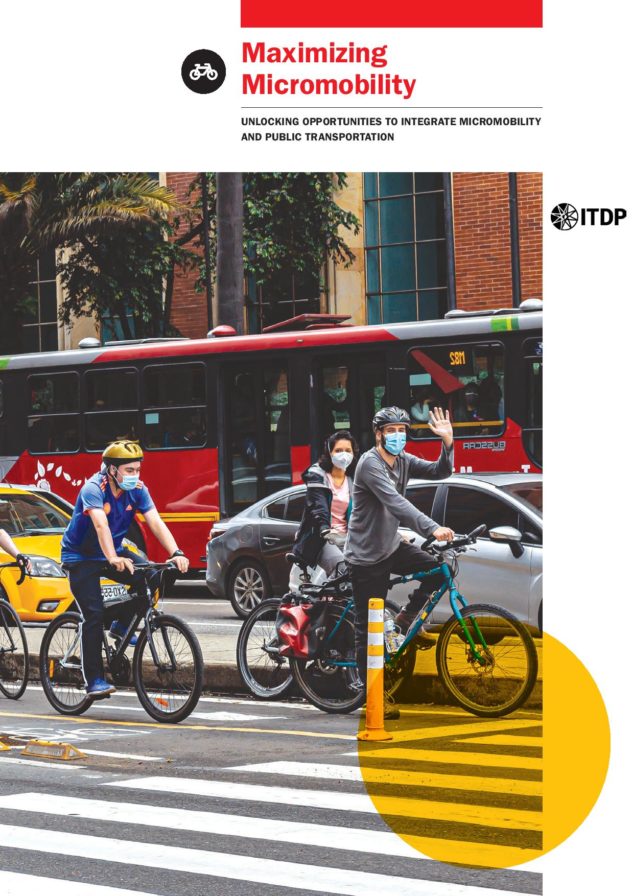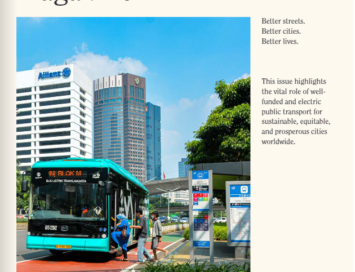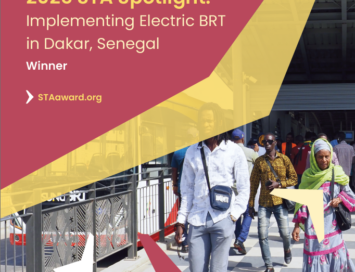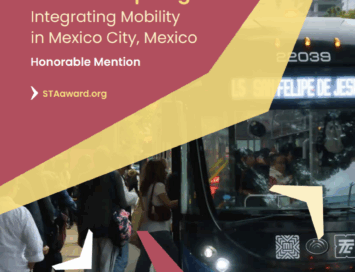Maximizing Micromobility
About
During the COVID-19 pandemic of 2020, cities responded quickly to changes in travel demands, providing pop-up cycle lanes, reduced-cost and/or flexible bikeshare access, and other mobility interventions that positioned micromobility as an essential transport mode. Since then, cities have continued to look towards expanding access to these modes to bring people back to public transport and make active, sustainable commutes viable.
Micromobility has a key role to play in improving connections with public transport. Micromobility is a transport option that can be used for a variety of trip types, from short commutes, to first- and last-mile connections with transit, to inter- and intra-neighborhood travel. Micromobility refers to small, lightweight devices that:
- Typically operate at speeds below 25 km/h (15 mph);
- Can be human-powered or electric;
- Can be shared or personally owned;
- Are ideal for trips up to 10 km.
Micromobility can yield significant urban benefits such as improved air quality and health outcomes, pollution reduction, last-mile connectivity, and economic development. Despite these potential benefits, many cities have not significantly integrated micromobility into larger sustainable transportation plans.
This report analyzes key strategies cities can employ to better leverage micromobility options and integrate them with pre-existing public transit systems. By doing so, cities can build more efficient, affordable, and low-carbon urban environments for all residents.
Learn More
- Continue Reading on the ITDP Blog →
- Download the “Defining Micromobility” infographic →
- Watch the “Maximizing Micromobility” webinar →
Interested in learning more about this research or have a press inquiry? Email us at [email protected].





